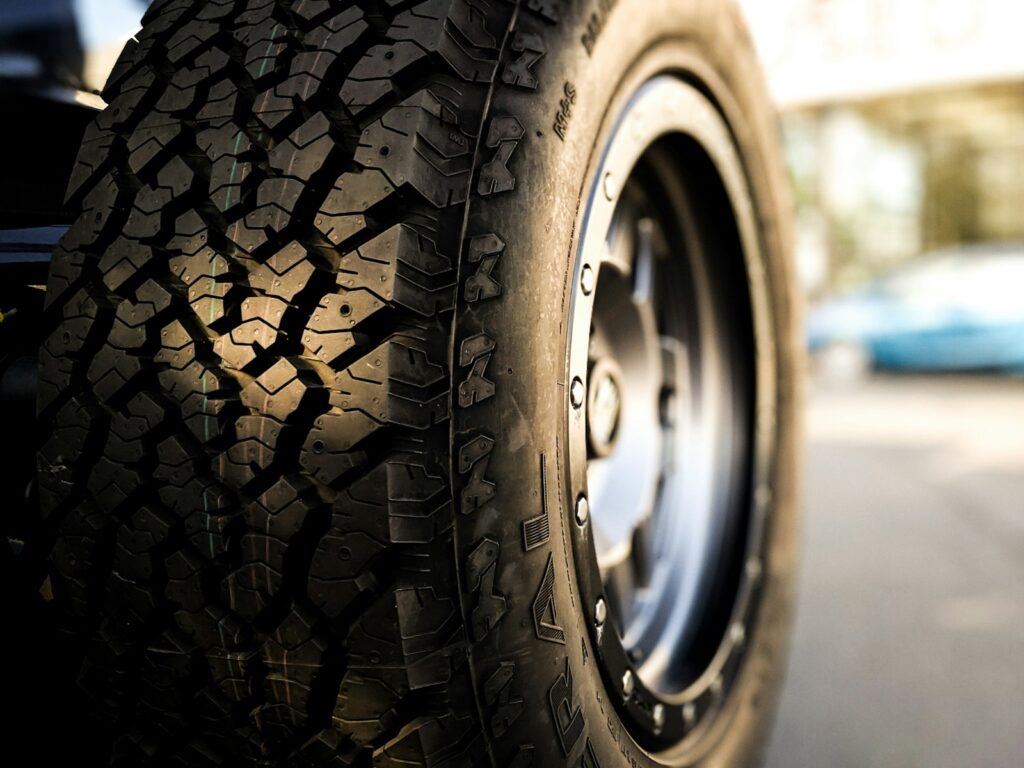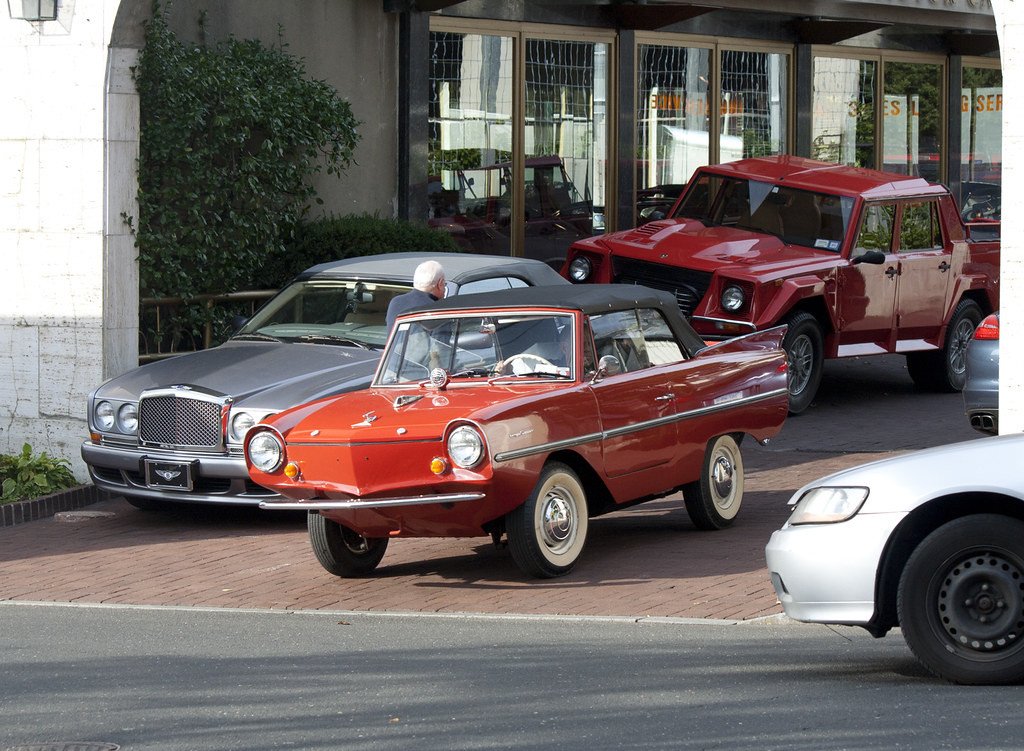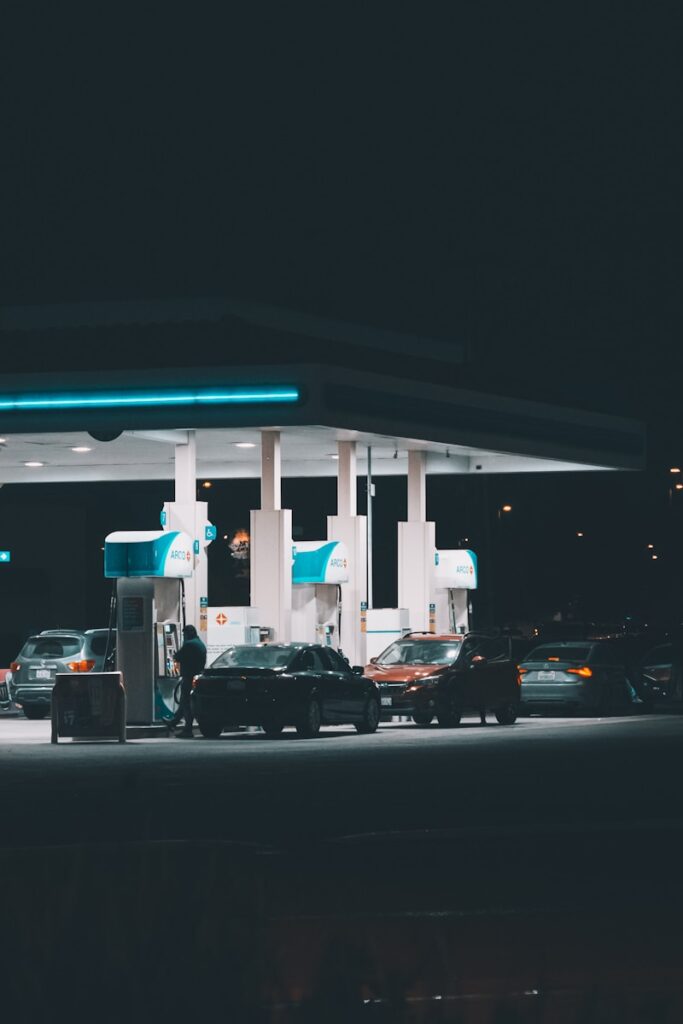
In an era where gas prices often fluctuate and seem to trend ever upward, consumers are increasingly seeking reliable, actionable advice to reduce their fuel consumption. While countless tips and tricks circulate, discerning which ones genuinely make a difference can be a challenge. The good news is that industry experts, through extensive research and real-world testing, have identified a range of proven strategies that can lead to substantial savings at the pump for virtually all car types.
This comprehensive guide, presented in a straightforward and evidence-based format, aims to empower every driver with the knowledge to optimize their vehicle’s fuel efficiency. From subtle adjustments in driving style to understanding your car’s basic mechanics, the insights shared here are designed to be practical, objective, and ultimately, put more money back into your wallet. We’ve lifted the hood on what gas-saving tips do and don’t go the distance, separating effective measures from common myths that might waste your time and money.
By adopting these expert-recommended techniques, you can not only lessen your financial burden but also contribute to a more environmentally conscious driving experience. Let’s explore the first set of essential strategies that can immediately impact your fuel economy, transforming your daily commute and long-distance journeys into more efficient endeavors.

1. **Mastering the Art of Gentle Driving: Avoid Aggressive Acceleration and Maintain Steady Speeds**: One of the most significant factors influencing your vehicle’s fuel consumption is how you interact with the accelerator pedal. Aggressive driving, characterized by rapid acceleration and sudden braking, is a major gas guzzler. Edmunds.com, in their real-world tests, found that stopping aggressive driving could lead to an impressive savings of up to 37%, with an average of 31% savings. This means that if you’re accustomed to quick starts, slowing your 0-to-60-mph acceleration time from, say, 10 seconds to a more moderate 15 seconds, you’ll feel the financial benefits almost immediately.
Rapid acceleration forces your engine to work harder, consuming fuel at a much quicker rate than a gradual, consistent pace. Patrick De Haan, head of petroleum analysis at Gas Buddy, emphasizes that people who constantly rush and press on the gas pedal tend to consume more fuel. He states, “If people drove at a slower pace of acceleration and avoided racing through a red light, it would help them prevent…burning through gas and using energy.” The simple act of easing into acceleration from a dead stop, avoiding pushing the pedal more than a quarter of its total travel, can significantly improve your mileage.
Beyond just acceleration, maintaining a constant speed is equally crucial. Both acceleration and deceleration waste fuel. By driving steadily and avoiding tailgating, you reduce the need for sudden braking or speeding up, which in turn conserves fuel. The driver in front of you could be unpredictable, making you brake or speed up more than necessary, so keeping a safe distance is not only safer but also more economical. Steady driving minimizes the engine’s effort, allowing it to operate in its most efficient range.
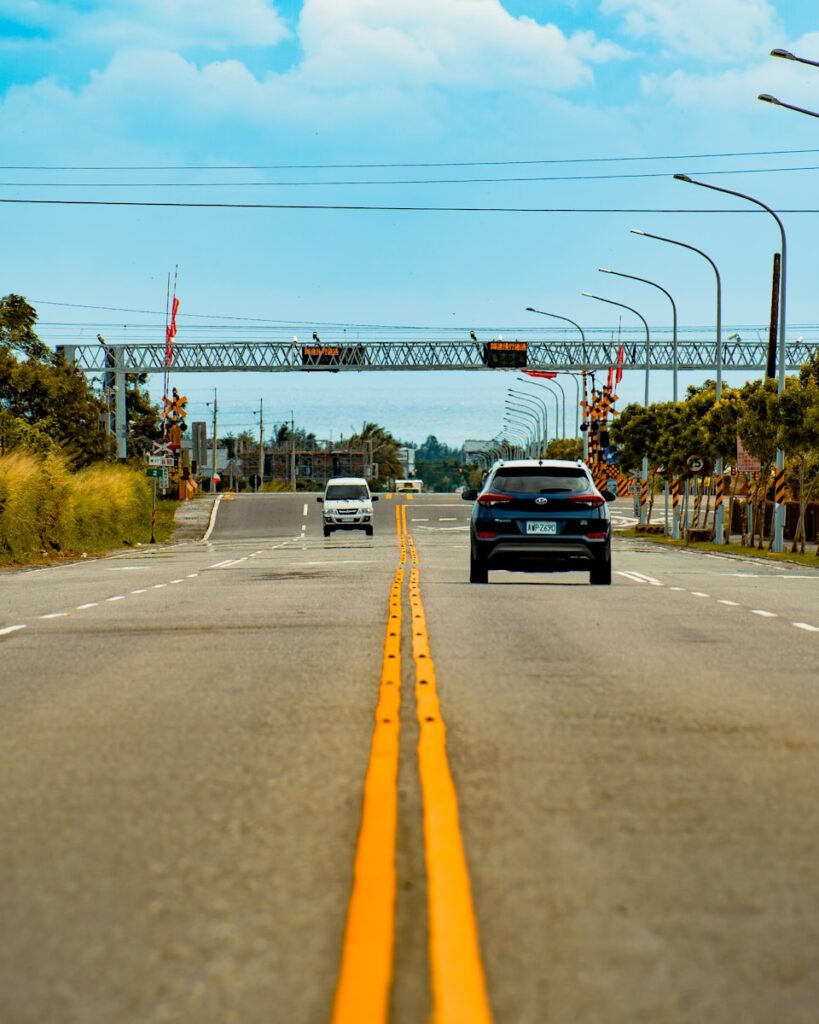
2. **Embrace the Open Road: The Fuel-Saving Power of Driving Slower**: While it might feel counterintuitive in our fast-paced world, driving at a moderate speed is a cornerstone of fuel efficiency. Vehicles generally achieve their optimal fuel economy between 55 and 60 miles per hour. As Patrick De Haan notes, anything above this range starts to deplete a car’s efficiency. The increased wind resistance at higher speeds forces the engine to work considerably harder, burning more fuel to maintain momentum.
Edmunds’ testing reinforced this, showing that driving slower yields tangible savings. Their experiment involved driving 50 miles on cruise control at 75 mph versus 65 mph. The results demonstrated that by driving just 10 mph slower, drivers could save up to 14% on gas, with an average savings of 12%. This substantial reduction in fuel consumption is akin to getting a significant discount on every gallon. Furthermore, this strategy carries the added benefit of potentially avoiding costly speeding tickets, compounding your savings.
Traveling at 55 mph, for instance, can give you up to 21% better mileage compared to former legal speed limits of 65 mph and 70 mph. It’s a habit that might take some getting used to, but the economic and safety benefits are undeniable. By consciously choosing to drive at or around the optimal efficiency speed, you can significantly prolong the distance your tank of gas will take you, making a noticeable difference in your monthly fuel expenses.
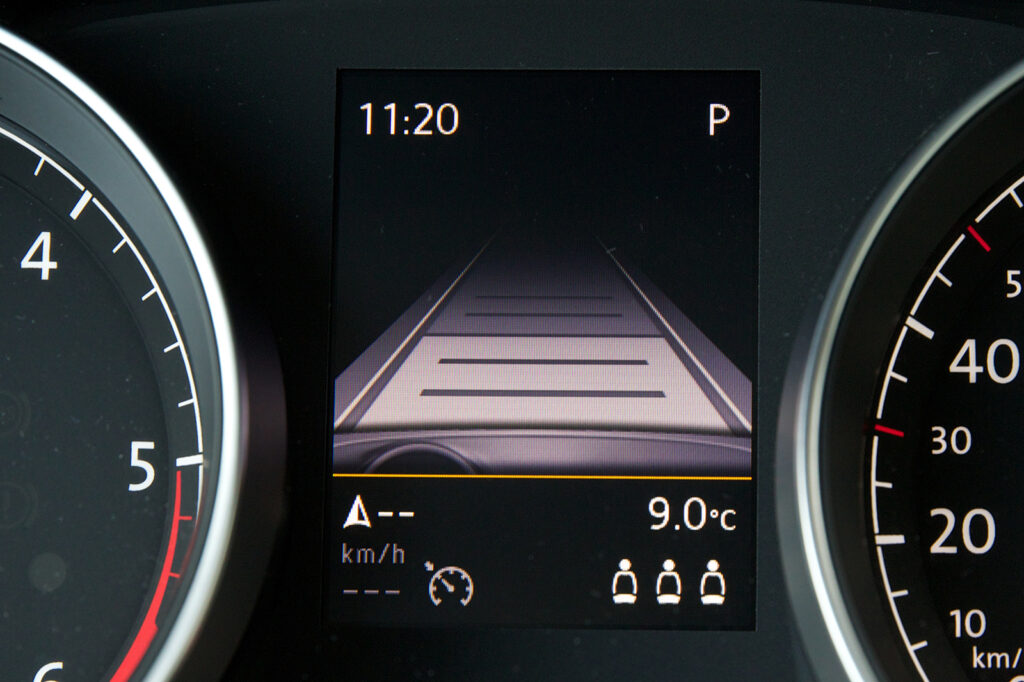
3. **Harnessing Technology: Optimizing Fuel Economy with Cruise Control**: Cruise control, often seen merely as a convenience feature for long drives, is in fact a powerful tool for enhancing fuel efficiency. Its primary benefit lies in its ability to maintain a constant speed more effectively and precisely than a human driver. This consistent speed minimizes the subtle accelerations and decelerations that waste fuel, leading to more economical driving.
Experts like Patrick De Haan affirm its effectiveness, stating, “Cruise control is much more effective than a human is at maintaining speed and can help save fuel.” Edmunds’ tests supported this, revealing up to 14% savings on gas with an average savings of 7% when using cruise control. This can translate to a noticeable discount on each gallon purchased, making it a compelling reason to engage this feature whenever conditions allow.
For optimal use and maximum savings, cruise control is best employed on flat roads without frequent stops, such as highways. However, it’s important to note an exception: mountainous terrain. In hilly areas, cruise control will aggressively try to maintain the set speed, often downshifting to lower gears and using a lot of extra gas to climb slopes. In such conditions, a human driver can anticipate inclines and descents, building up speed before a hill and then coasting down the other side, which is a more fuel-efficient approach than relying on the automatic system.
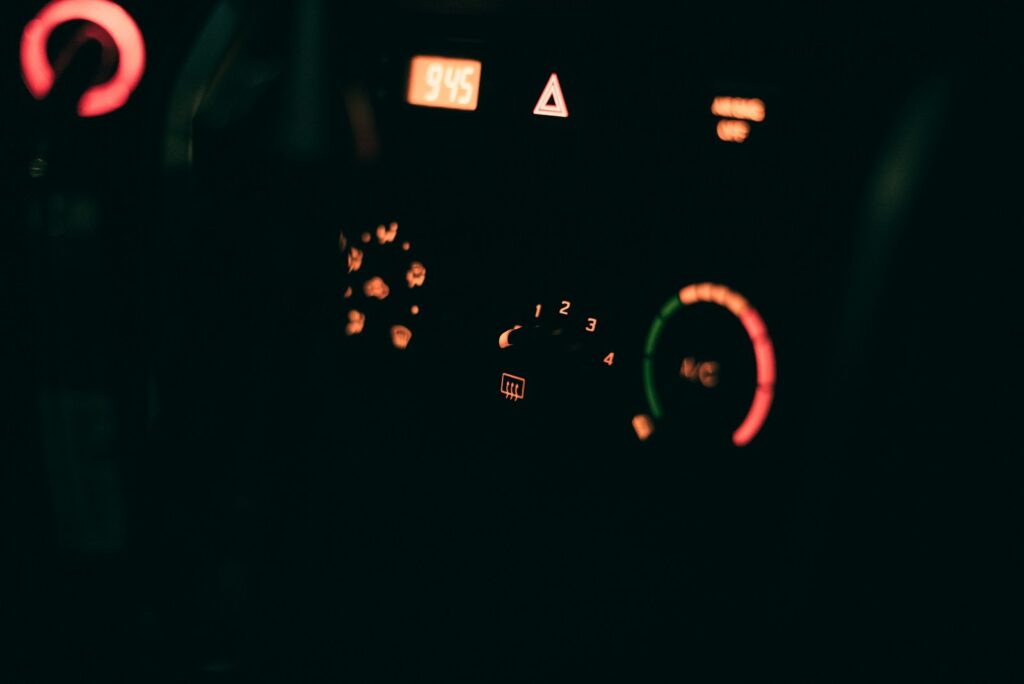
4. **Strategic Idling: When and How to Turn Off Your Engine for Maximum Savings**: Idling your car might seem harmless, but it’s a direct drain on your fuel tank, yielding zero miles per gallon. The general consensus among experts is that if you anticipate being stopped for a certain duration, turning off your engine is the more fuel-efficient choice. Linda Gaines, a transportation systems analyst for the Argonne National Laboratory, recommends turning off your car if it will be idling for 10 seconds or longer.
Edmunds’ research similarly found that avoiding excessive idling can save up to 19% on fuel consumption, suggesting that if you are stopped for longer than a minute, shutting down the engine is beneficial. This strategy not only conserves gas but also reduces carbon dioxide emissions, benefiting the environment. It takes much more fuel to get a vehicle moving than it does to keep it moving, but excessive idling is simply burning fuel with no forward progress.
Concerns about wear and tear on the starter are often raised, but Gaines reassures that today’s starters are more robust than those in older cars. Unless you’re revving up more than 10 times a day, “the starter motor is unlikely to need to be replaced during the vehicle’s life.” However, she does advise against turning your car on and off repeatedly in stop-and-go traffic, as “driving safely means being able to respond quickly to traffic conditions.” Knowing when to strategically turn off your engine can significantly impact your fuel bill.
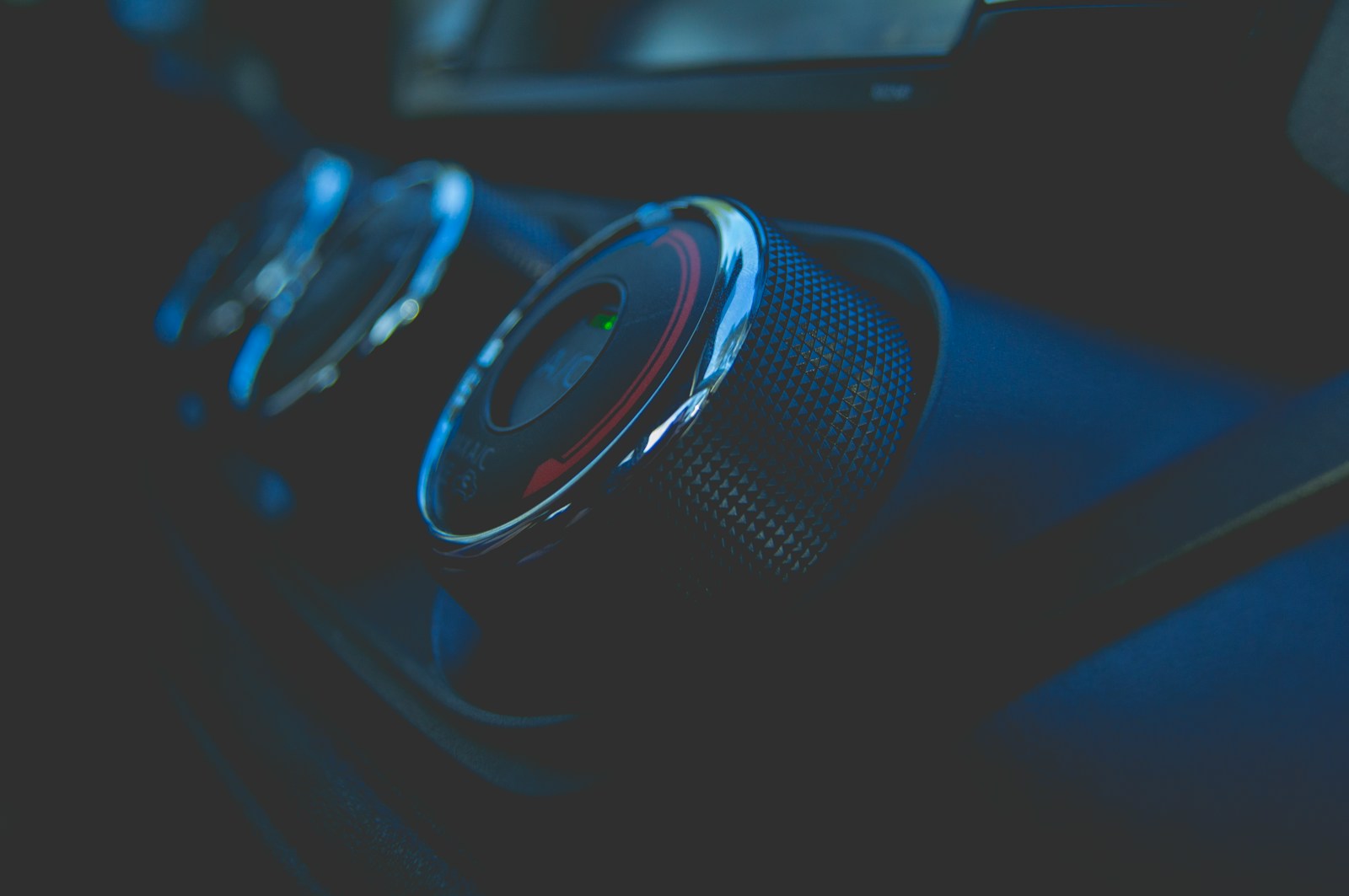
5. **The AC Dilemma: Smart Strategies for Climate Control Without Draining Your Tank**: The use of air conditioning is a common point of debate among gas-saving tips, and its impact on fuel economy is undeniable. According to the US Department of Energy, air conditioning can reduce your fuel economy by more than 25%. On the maximum level, it can reduce your mpg by 5% to 25% compared to not using it at all. The AC system puts a strain on the engine, requiring additional fuel to operate.
However, the alternative – rolling down windows – isn’t always a straightforward solution. Especially on highways and at higher speeds, open windows dramatically increase wind resistance (aerodynamic drag), which can also eat up more fuel. Patrick De Haan suggests a balanced approach: leaving the windows open when driving on city streets, where speeds are lower or idling is more frequent. For highway driving, where speeds are higher, using the air conditioner might be more efficient than battling significant wind resistance from open windows.
To minimize the AC’s impact, consider parking your car in the shade to keep the interior cooler, reducing the initial load on the system. You can also turn off the air conditioning five minutes before reaching your destination, allowing the residual cool air to circulate without the engine working as hard. While A/C systems have become more efficient over the years, mindful use remains a key strategy for conserving gas, particularly during warm-weather months when gas prices traditionally rise.
6. **Tire TLC: The Critical Role of Proper Inflation in Boosting Your MPG**: Among the simplest yet most overlooked aspects of vehicle maintenance for fuel efficiency is proper tire inflation. While overinflating your tires is dangerous and offers negligible savings, ensuring they are inflated to the manufacturer’s recommended levels can deliver tangible benefits. The Energy Department states that properly inflated tires can improve gas mileage by up to 3%. This seemingly small percentage can add up to significant savings over time.
Patrick De Haan explains that letting your tire pressure drop below 25 psi causes an increase in friction between the tires and the road. This forces the engine to work harder to maintain speed, resulting in fewer miles per gallon. Low tire pressure also leads to premature tire wear and can compromise vehicle handling and safety. Most modern cars are equipped with a Tire Pressure Monitoring System (TPMS) that alerts you when a tire is low, typically with a dashboard light showing parentheses with an exclamation mark or dot in the middle, making it easier to keep track.
It is recommended to check your tire pressure at least once a month, comparing it with the recommended pressure listed in your owner’s manual and on the placard in your car door. Always check tire pressure when your tires are cold – ideally, early in the morning after the car has been idle overnight – for the most accurate reading. Regular attention to this basic maintenance task ensures not only better fuel economy but also safer driving and longer tire life, a win-win for any responsible driver.
In an era where gas prices often fluctuate and seem to trend ever upward, consumers are increasingly seeking reliable, actionable advice to reduce their fuel consumption. While countless tips and tricks circulate, discerning which ones genuinely make a difference can be a challenge. The good news is that industry experts, through extensive research and real-world testing, have identified a range of proven strategies that can lead to substantial savings at the pump for virtually all car types.
This comprehensive guide, presented in a straightforward and evidence-based format, aims to empower every driver with the knowledge to optimize their vehicle’s fuel efficiency. From subtle adjustments in driving style to understanding your car’s basic mechanics, the insights shared here are designed to be practical, objective, and ultimately, put more money back into your wallet. We’ve lifted the hood on what gas-saving tips do and don’t go the distance, separating effective measures from common myths that might waste your time and money.
By adopting these expert-recommended techniques, you can not only lessen your financial burden but also contribute to a more environmentally conscious driving experience. Let’s explore the first set of essential strategies that can immediately impact your fuel economy, transforming your daily commute and long-distance journeys into more efficient endeavors.
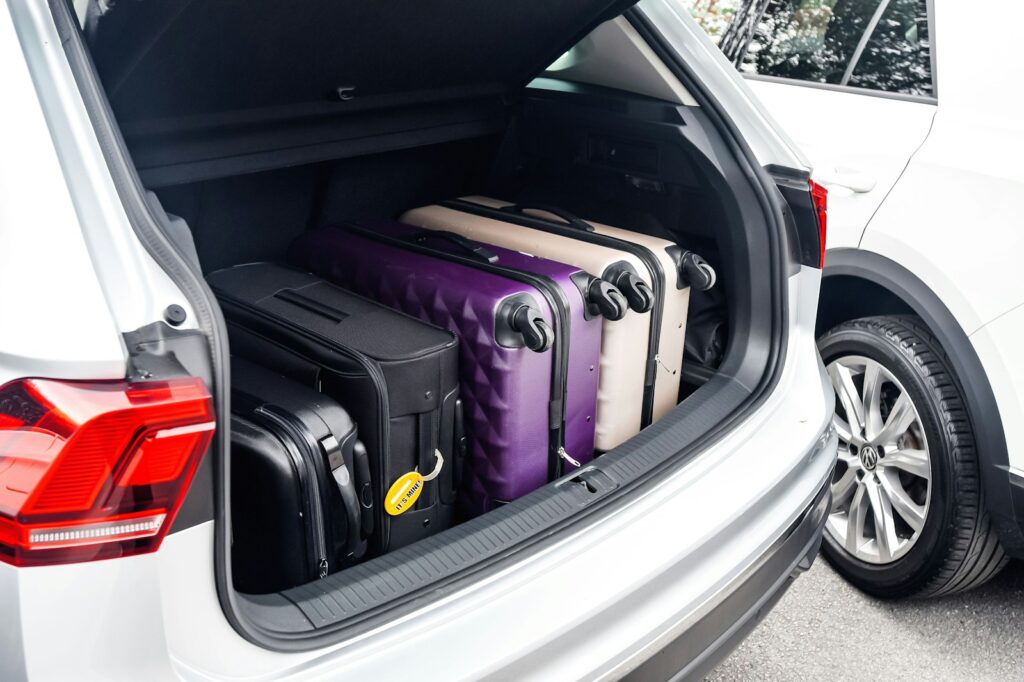
7. **Vehicle Load Management: Shedding Excess Weight and Aerodynamic Drag**: Beyond how you drive, what you carry in your car and on its roof significantly impacts fuel efficiency. Carmakers invest heavily in designing lightweight and aerodynamic vehicles, and drivers can easily undermine these efforts by carrying unnecessary weight or adding drag-inducing accessories. Reducing the load your engine has to propel is a straightforward way to see savings at the pump.
Every pound your car carries requires more fuel to accelerate and maintain speed, particularly when going uphill. The Environmental Protection Agency (EPA) estimates that for every 100 pounds of extra weight in your vehicle, fuel mileage can be reduced by approximately 1%. While this might seem small, it translates to about $0.03 per gallon, which accumulates over time. This makes clearing out the trunk, removing unused child seats, or even stowing away those boxes of books you’ve been meaning to donate a practical money-saving habit.
A prime example of actionable weight reduction is removing unneeded third-row seating in SUVs and minivans. Some of these seats can weigh 30 pounds or more, providing an immediate opportunity to lighten your vehicle’s load without sacrificing essential functionality if the seats are rarely used. Keeping these seats in the garage until they are genuinely needed means your engine works less hard, consuming less fuel on everyday drives.
Aerodynamic drag, particularly at higher speeds, is another major factor. Items placed on your car’s roof, such as large luggage racks or cargo boxes, create substantial wind resistance. The EPA estimates that using a “large, blunt roof-top cargo box” can decrease fuel economy by up to 25% on the interstate. This considerable drag can cost drivers between $0.06 to $0.53 per gallon, a significant drain on your fuel budget.
Therefore, if you have activities that require carrying equipment, consider hitch-mounted racks or boxes instead. These tuck the load more effectively into the car’s slipstream, reducing aerodynamic impact. For factory-installed roof racks that are not in use, removing the crossbars can offer a small but measurable improvement in aerodynamics and even shed a few pounds, further boosting your car’s efficiency.

8. **Strategic Trip Planning: Grouping Errands and Avoiding Traffic**: Optimizing your driving for fuel economy extends beyond the moments behind the wheel; it begins before you even start your engine. Thoughtful trip planning can significantly reduce miles driven, minimize cold starts, and keep your vehicle operating at its most efficient, ultimately putting more money back in your pocket. This approach transforms chaotic errands into a streamlined, fuel-saving routine.
One of the most impactful strategies is combining multiple errands into a single, multi-purpose trip. Non-electric vehicles consume more fuel when their engines are cold. Taking several short trips from a cold start can use twice as much fuel as one longer journey covering the same distance with an engine that has reached its optimal operating temperature. By planning your route to visit all necessary stops sequentially, you ensure the engine is warmed up and performs more efficiently for the majority of your driving.
Furthermore, strategic route selection involves more than just finding the shortest distance. While a direct route might seem ideal, it often involves frequent stops at traffic lights, sharp turns, and lane changes, all of which consume extra fuel. Corners, curves, and constant acceleration and deceleration increase fuel usage. Instead, prioritize routes that are smoother, straighter, and offer a steadier flow of traffic, even if they appear slightly longer on a map.
Avoiding heavy traffic and peak periods like rush hour also plays a crucial role in gas savings. Sitting in traffic jams means prolonged idling, which, as previously discussed, yields zero miles per gallon. Flexible work hours or simply adjusting your departure time by as little as 30 minutes can help you bypass congestion, allowing for more consistent speeds and fewer stops, thereby conserving fuel and reducing driving stress.
Utilizing navigation apps or online tools, such as the AAA Mobile app, can aid in identifying the most fuel-efficient routes by considering current traffic conditions and road characteristics. By investing a few minutes in planning before you leave, you can transform your driving habits into a more economical and environmentally friendly practice, reaping the benefits with every tank of gas.
By embracing these expert-backed strategies, from adjusting your driving habits and maintaining your vehicle diligently to making informed choices at the pump and even before you buy, you can significantly reduce your fuel consumption. These practical, actionable tips provide a comprehensive roadmap to not only save money but also contribute to a more efficient and sustainable driving experience for all car types.

